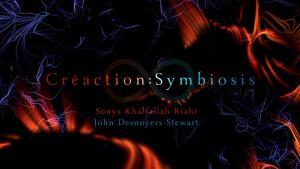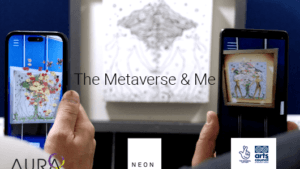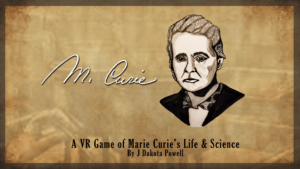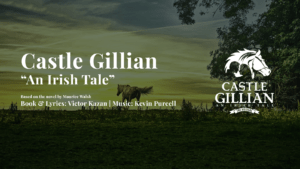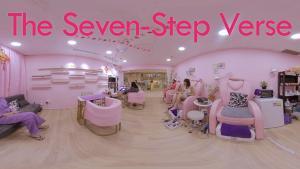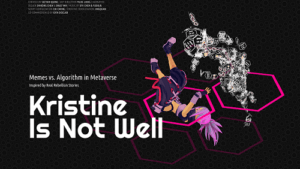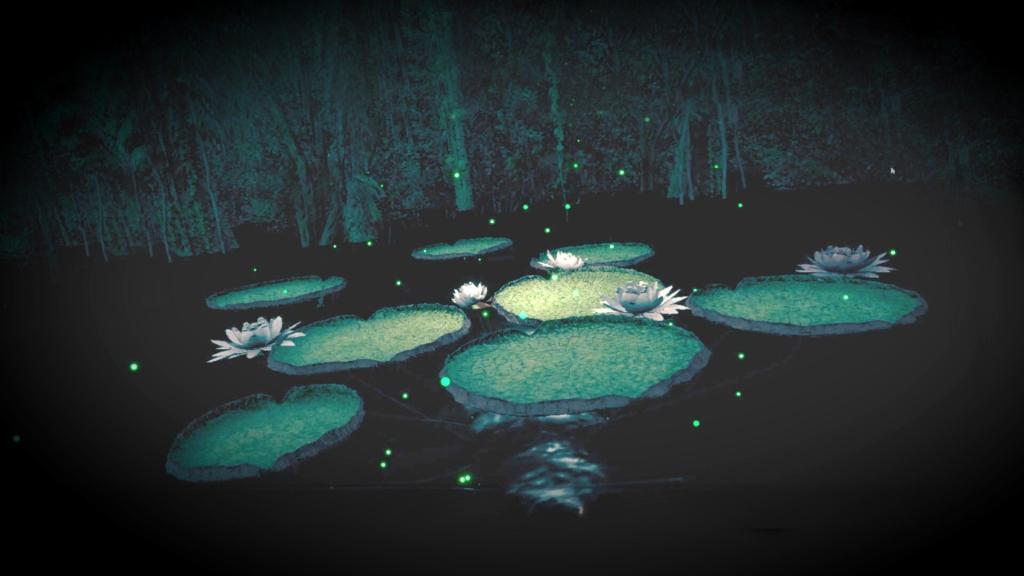
FIVARS 2023: Spotlight on The Invisible Nature: Victoria Amazonica
 The Invisible Nature experience brings together art, science, and technology to illustrate the life cycle of Victoria Amazonica in its biome. The multi-sensory content invites the audience to look beyond the landscape and be emotionally stimulated by the atmosphere. This narrative aims to raise awareness and inspire ecological behaviour. FIVARS was able to speak with Director Cristina Lyra de Carvalho Vianna.
The Invisible Nature experience brings together art, science, and technology to illustrate the life cycle of Victoria Amazonica in its biome. The multi-sensory content invites the audience to look beyond the landscape and be emotionally stimulated by the atmosphere. This narrative aims to raise awareness and inspire ecological behaviour. FIVARS was able to speak with Director Cristina Lyra de Carvalho Vianna.
What led to the creation of this piece?
I intend to spark interest in botany and biology using Virtual Reality technology. The experience invites the user to delve deeper into the subject and chosen medium. Furthermore, I also seek to trigger ecological awareness, as, upon entering the experience, the viewer is exposed to content that shows the character’s relationship with its biome and other living beings.
Its pollination and the fight for survival are also featured in the narrative, carried out by the flower’s perfume attracting beetles and other agents that make its propagation possible. Finally, by exposing the peculiar characteristics of this plant, I intend to stimulate the viewer’s interest in the story told in a virtual environment, hoping that they take this feeling into their real life.

What was the production process for you and your team? What did you learn?
This experience was developed during my Master’s degree program at the Rio de Janeiro Federal University School of Communication. My team consisted of three teachers: Julia Salles and Luciano Saramago, who advised me on the academic research. As for the practical part, Professor Leo Lima helped develop the experience technically by teaching the software Unreal. He became the Lead Artist as he carefully built and explained how I would accomplish my idea.
Unreal was the best software tool to employ in doing the project because, in addition to giving great aesthetic results, it allowed the audience to interact and immerse themselves in virtual space at 6DoF through 3D architecture of the environment and programming.
It was a great challenge to reconcile academic research and a practical project in which I developed a virtual atmosphere to connect its audience to nature through collective affective memory, evoke biophilia, and inspire ecological behavior. This research journey brought greater knowledge about how human cognition occurs, a subject I had never considered before. I became acquainted with reading “The Parables for the Virtual” by Brian Massume, particularly the chapter “Affect.”
How did you become an immersive media content creator and why?
As I mentioned, this project results from the Postgraduate Program in Creative Media of ECO-UFRJ, in which I was honoured to be accepted. There, I was introduced to Virtual Reality, among other media. I was interested in this medium because it’s an alternative approach to the usual means and instruments for disseminating scientific knowledge aimed at a non-specialized audience.
To this end, I chose an immersive narrative that transports its audience as if they were on a field trip, taking the user to the plant’s ecosystem and exposing them to its botanical characteristics. The experience “Invisible Nature” makes innovative use of immersive technologies to awaken interest in botany and raise ecological behaviour in young people and adults, proposing a creative and original solution to some critical challenges in science learning.

What is the VR/AR industry like in your region?
There are some excellent projects made by Brazilians. For example, Marcio Sal recently had his “Finally Me VR” as a finalist at the Venice Immersive 2023. “The Line,” directed by Ricardo Laganaro, won the same festival. His studio, ARVORE, based in São Paulo, creates and develops interactive games and experiences.
They are specialized in virtual reality, augmented reality, and mixed reality. However, the Brazilian industry is still small when it comes to immersive content developed in computer graphics for the Oculus Quest 2. Most exhibitions are in São Paulo and made with content from abroad.
What do you have planned for the future?
I’m currently looking for sponsors to continue developing this project. Brazil has six main biomes, and I’d like to illustrate one plant from each Brazilian biomes, showing its relevance and beauty. Each of these biomes possesses unique characteristics, playing a vital role in world ecological balance, and are also important to Brazil’s cultural identity and economic structure.
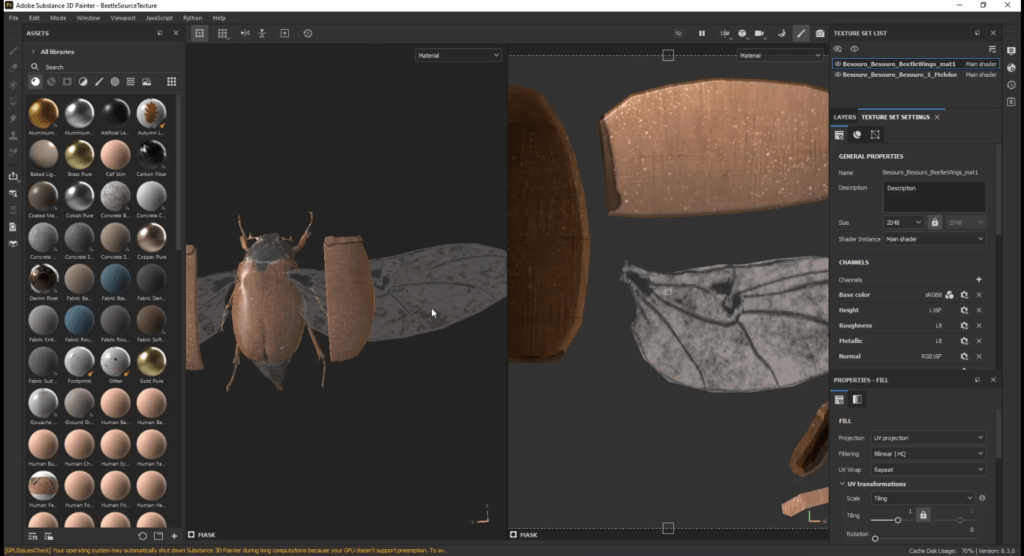
What would you like to share with fellow content creators and the industry?
This project was designed with assistance from generous people who helped me with wisdom, affection, and friendship. It was a collective effort to achieve the accomplishment of this project exhibiting the invisible nature of the Victoria Amazonica plant. When I say “invisible nature,” I refer to the reality not seen by the plant’s biome visitors. The experience is intended to expose the Victoria Amazonica life cycle in its totality. I hope you enjoy it!
Do you think VR festivals like FIVARS are important?
Festivals like FIVARS play an important role in developing and adopting Virtual and Augmented Reality technologies. They promote the latest VR and AR content, allowing creators to reach audiences and potential investors by exposing their content.
By Bringing together creators from all over the world, these festivals foster the exchange of ideas and encourage innovative approaches to storytelling and technology applications. They also play a big part in education through panel discussions, workshops, and hands-on experiences, serving as educational platforms for professionals and the general public.
Furthermore, the cultural impact of VR and AR has the potential to revolutionize how we tell stories, educate, and entertain. While VR and AR technologies continue to evolve, festivals like FIVARS are responsible for fostering a community, driving technological and creative advancements, and motivating participants to use these mediums ethically and impactfully.
Invisible Nature: Victoria Amazonica at FIVARS runs in-person in Toronto September 15-19th.

